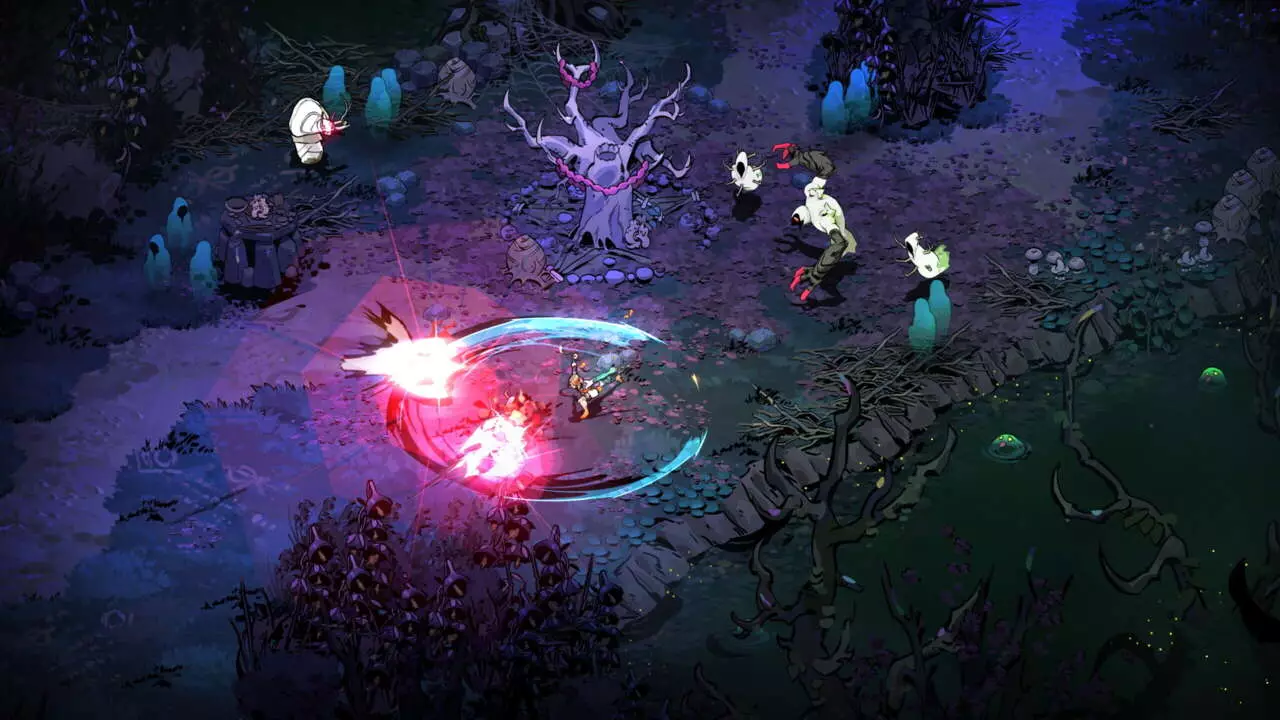Roguelike games captivate players by striking a balance between punishing difficulty and exhilarating satisfaction. The essence of these titles lies in their inherent design philosophy—death is not merely an end but a catalyst for growth. With every defeat, players learn vital lessons that inform their subsequent attempts, creating a cycle of continuous improvement. This cycle is particularly appealing to those who relish the thrill of overcoming formidable challenges. Unlike linear games, where progress can often feel stagnant, roguelikes offer a dynamic experience that is both arduous and rewarding, continually testing your skills and adaptability.
Randomization: The Heart of the Experience
One of the defining features of roguelike games is their randomization of elements. Each playthrough presents a unique scenario, from the enemies you face to the items you discover. This variability not only keeps gameplay fresh but also encourages players to adapt and strategize on the fly. However, this unpredictability can be a double-edged sword; while it enhances replayability, some might find the inconsistency frustrating. Nevertheless, for those who embrace the chaos, the thrill of navigating these challenges becomes an exhilarating dance of risk and reward, fully immersing players in a vibrant, ever-evolving world.
Delineating Roguelikes from Roguelites
It’s essential to differentiate between roguelikes and roguelites—a distinction that often sparks debate among fans. Roguelikes typically restart you from square one upon death, with no permanence beyond the session. In contrast, roguelites incorporate elements of persistent progression, allowing players to retain certain advantages, whether that be through unlocked content or enhanced abilities. This nuance creates varied approaches to gameplay. Some players may prefer the pure, unfiltered experience of roguelikes, while others may enjoy the gradual advancements offered by roguelites. The beauty of modern gaming lies in this diversity, as developers harness these distinctions to create unique interpretations of the genre.
Expanding Horizons of the Genre
As we venture deeper into the realm of roguelikes and roguelites, it becomes increasingly clear that innovation knows no bounds. From rhythm-based mechanics to deck-building strategies, the genre has seen an explosion of creativity and experimentation. Titles like *Slay the Spire* and *Dead Cells* exemplify how these games can transcend traditional frameworks, incorporating diverse gameplay elements that entice a broader audience. This cross-pollination not only revitalizes interest in roguelikes but also expands their influence across various gaming genres, leading to a vibrant tapestry of experiences where players can explore uncharted territories.
A New Era of Accessibility
In 2025, the roguelike landscape continues to flourish, nurturing a thriving community of gamers. As accessibility becomes a focal point for developers, the genre is more inviting than ever, accommodating players of all skill levels. Whether you’re a seasoned veteran or a newcomer to the gaming world, the array of roguelike experiences available today ensures that there’s something for everyone. This inclusivity, combined with the genre’s inherent challenge, creates a captivating atmosphere where players can find joy in both triumph and tribulation. Indeed, the roguelike genre is not just surviving; it’s thriving, continuously evolving to engage and inspire a new generation of players eager for adventure.

